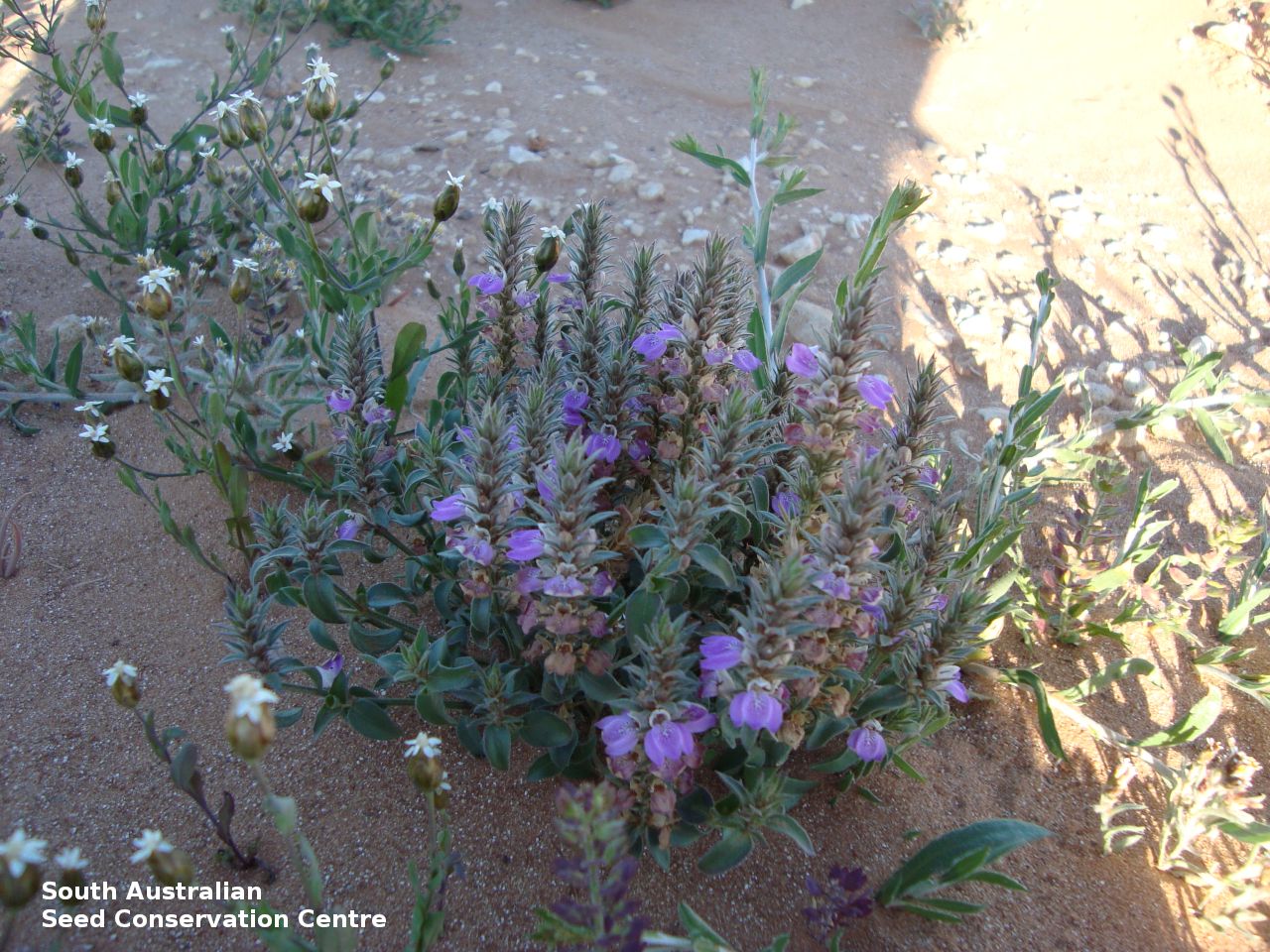
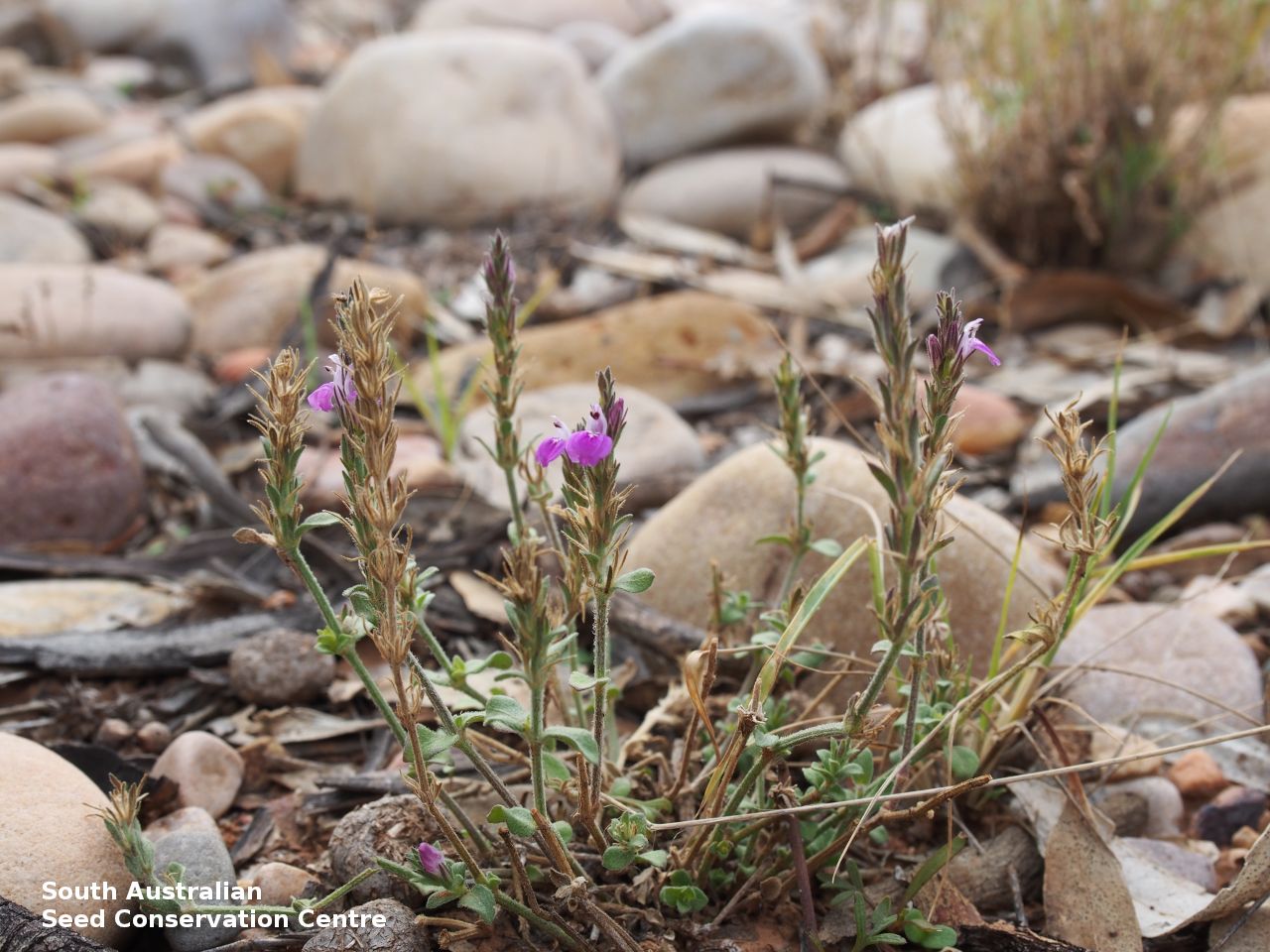
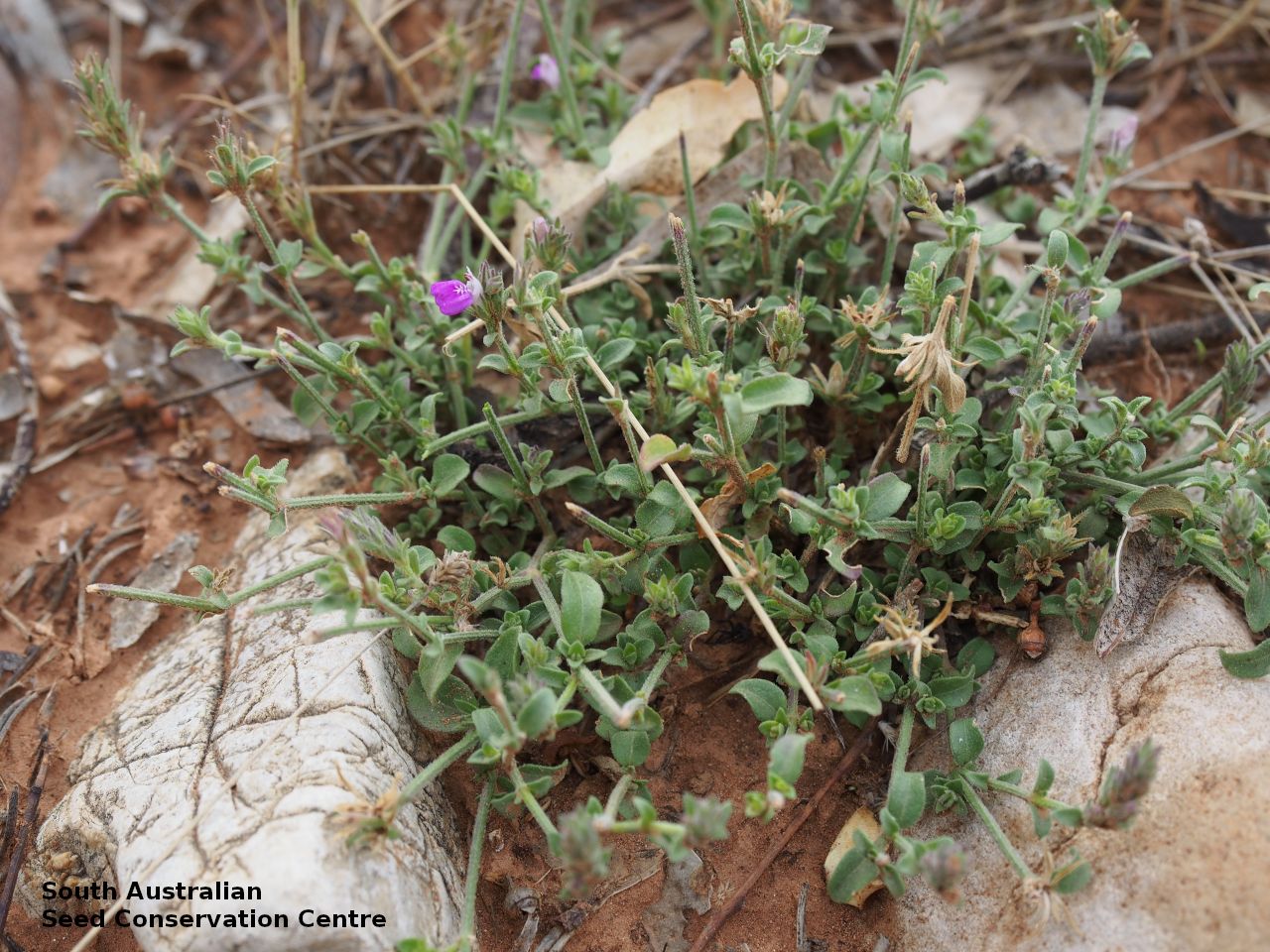
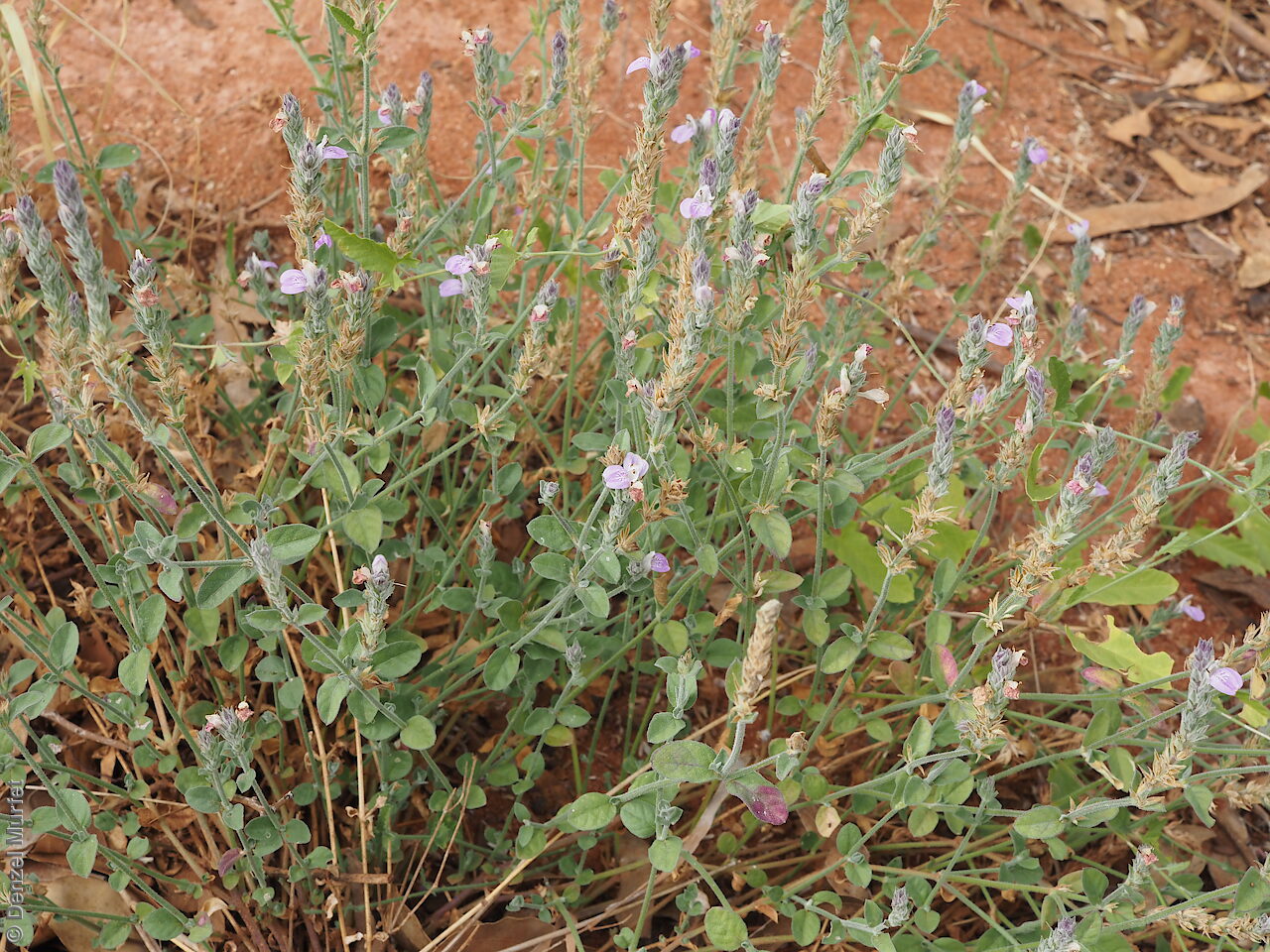

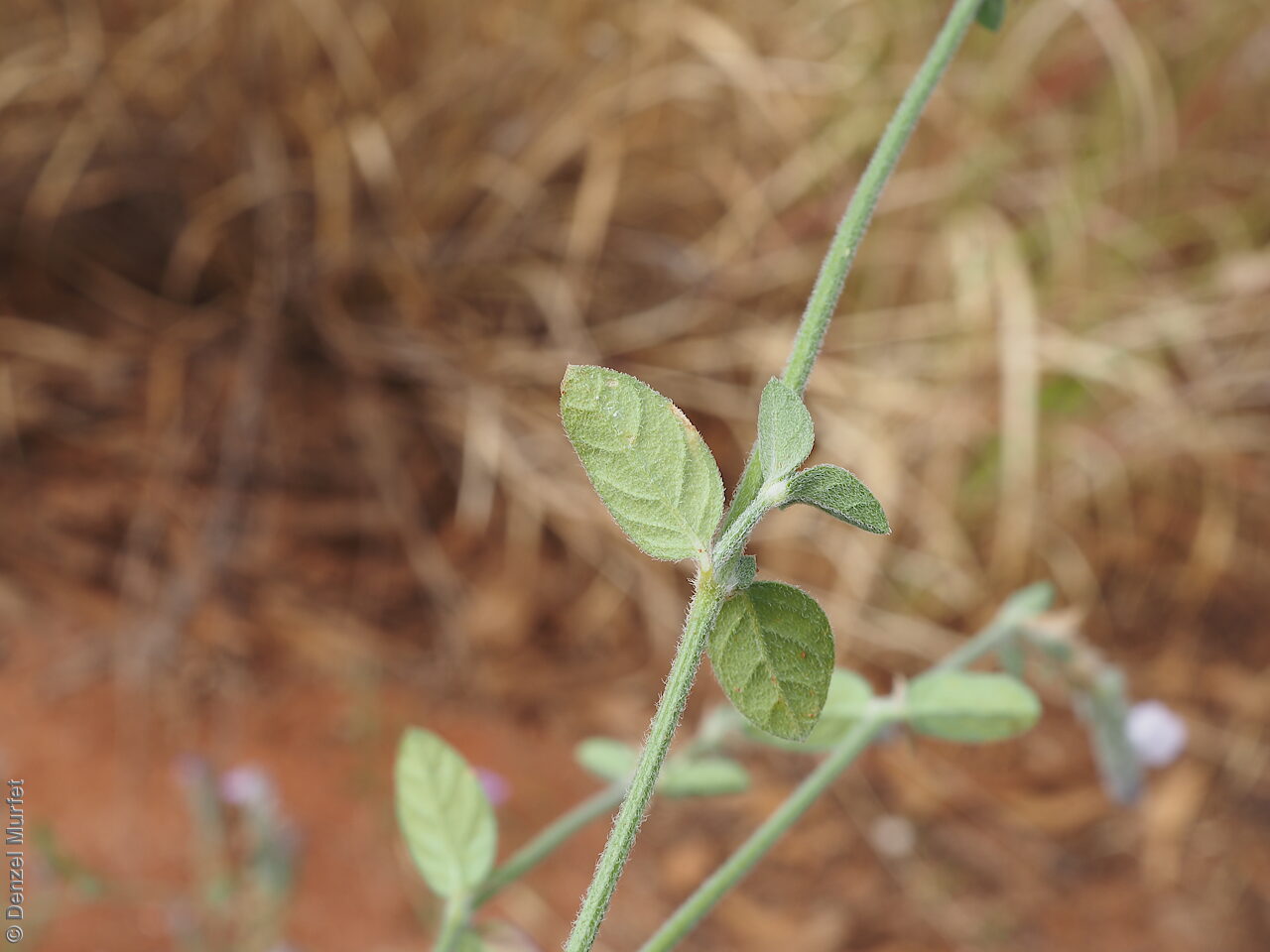
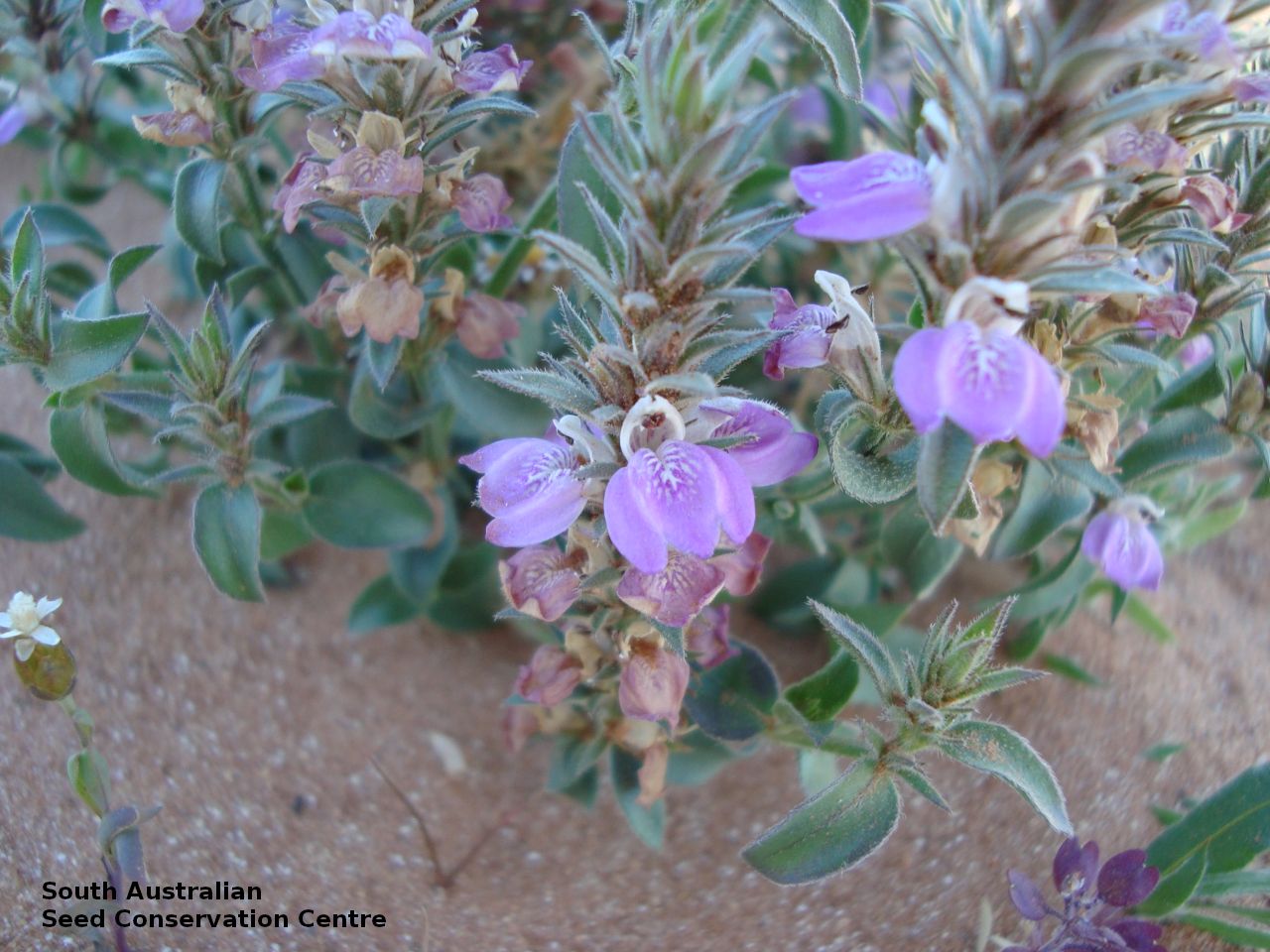
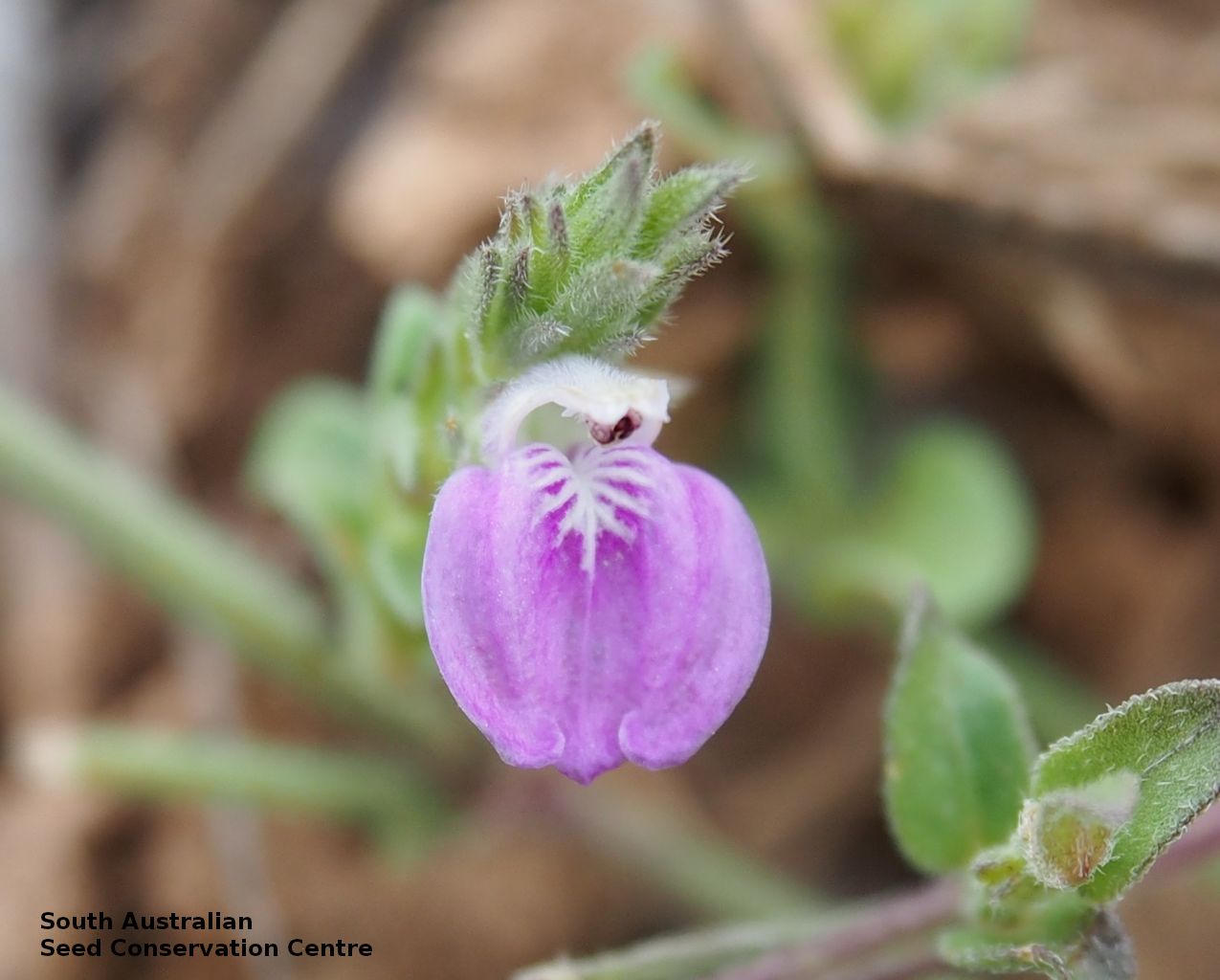


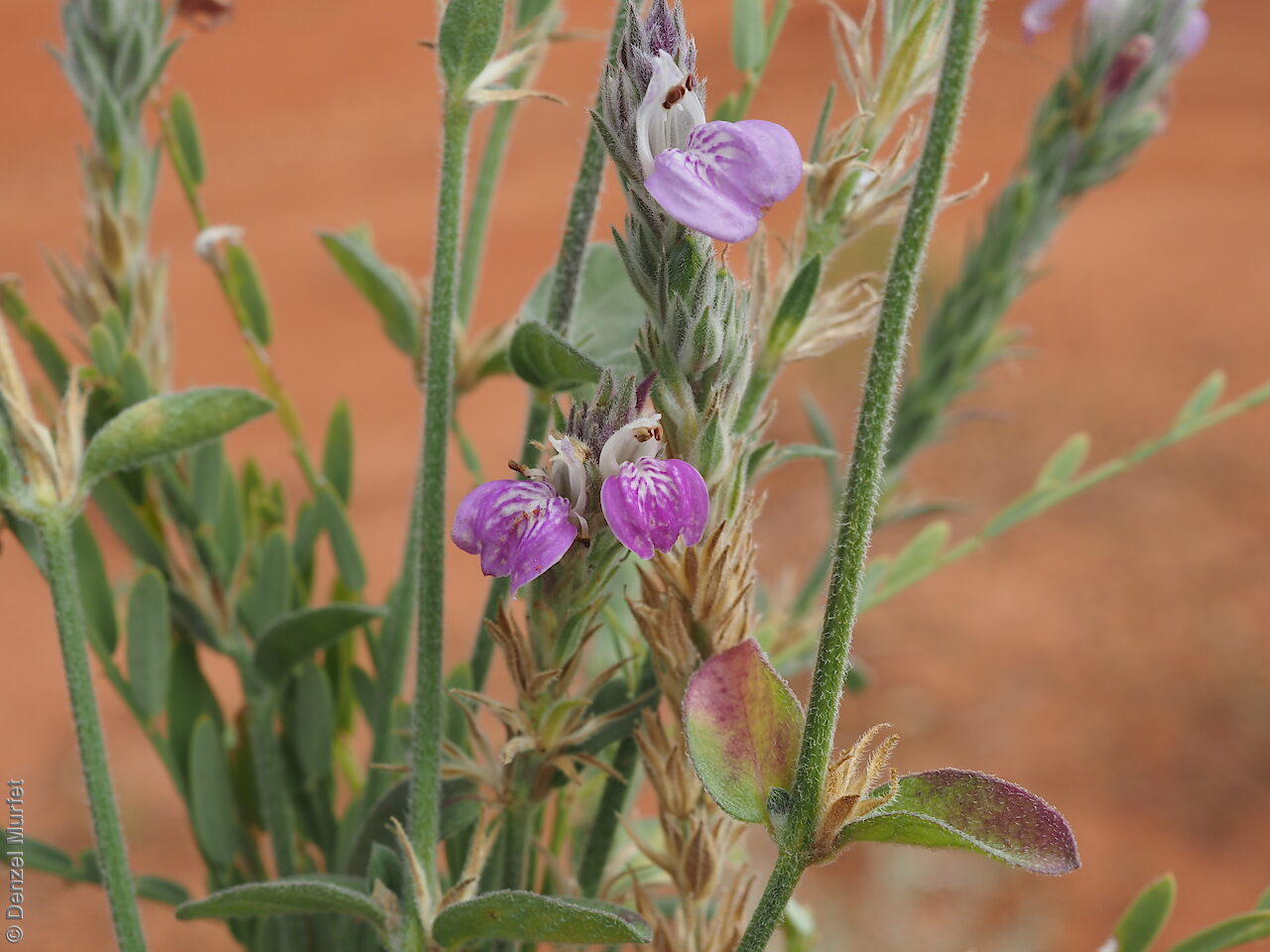
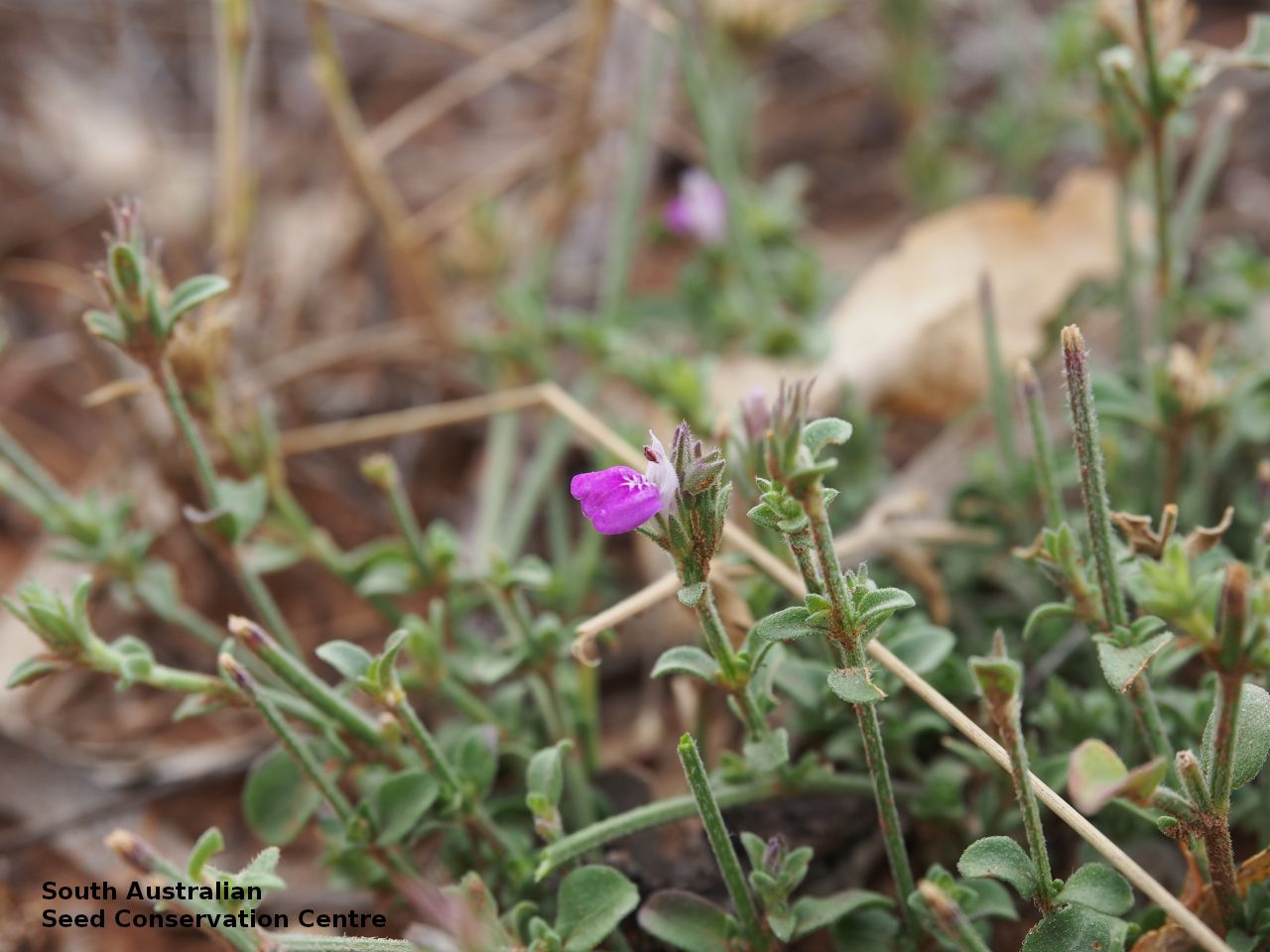
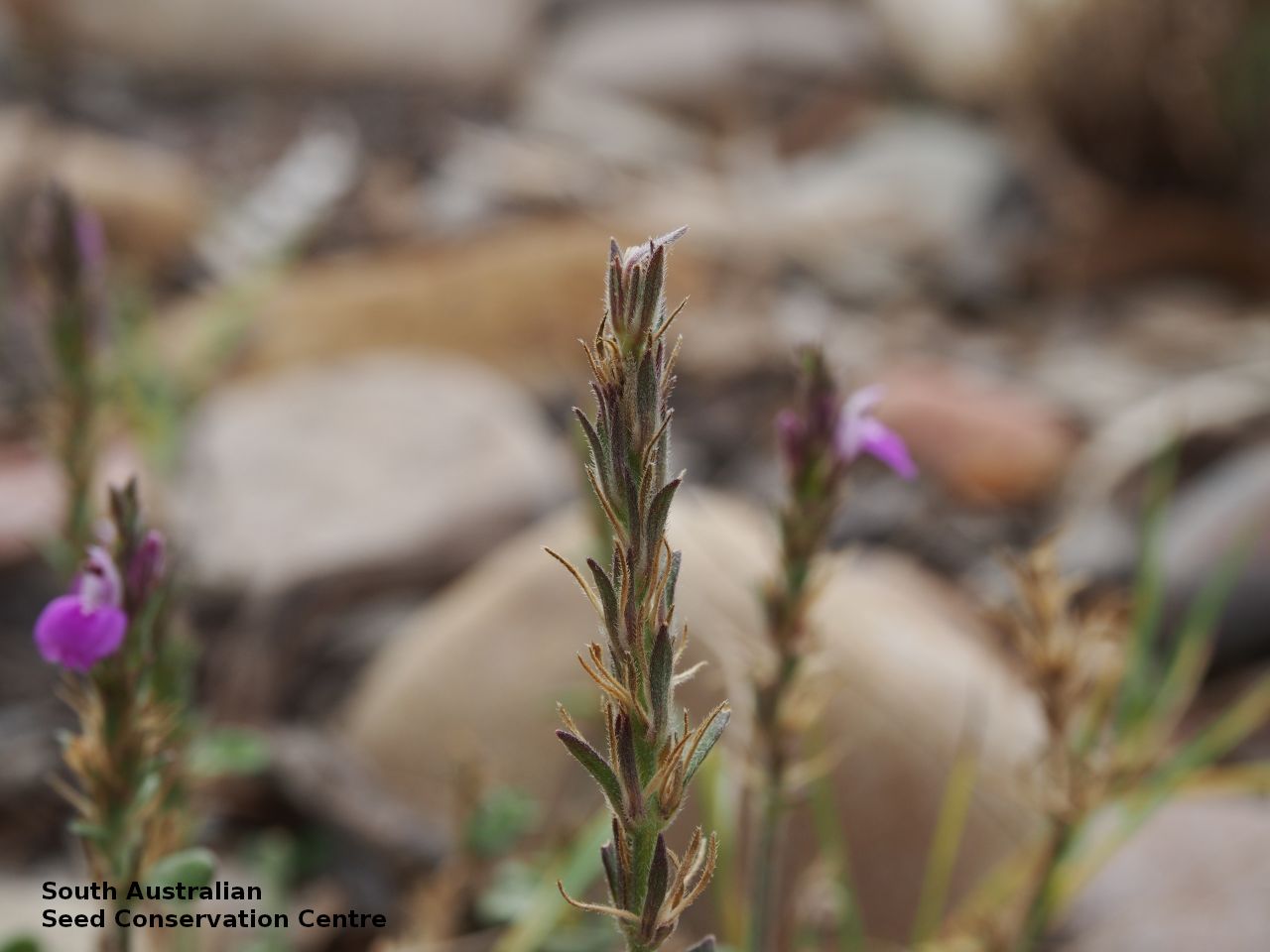
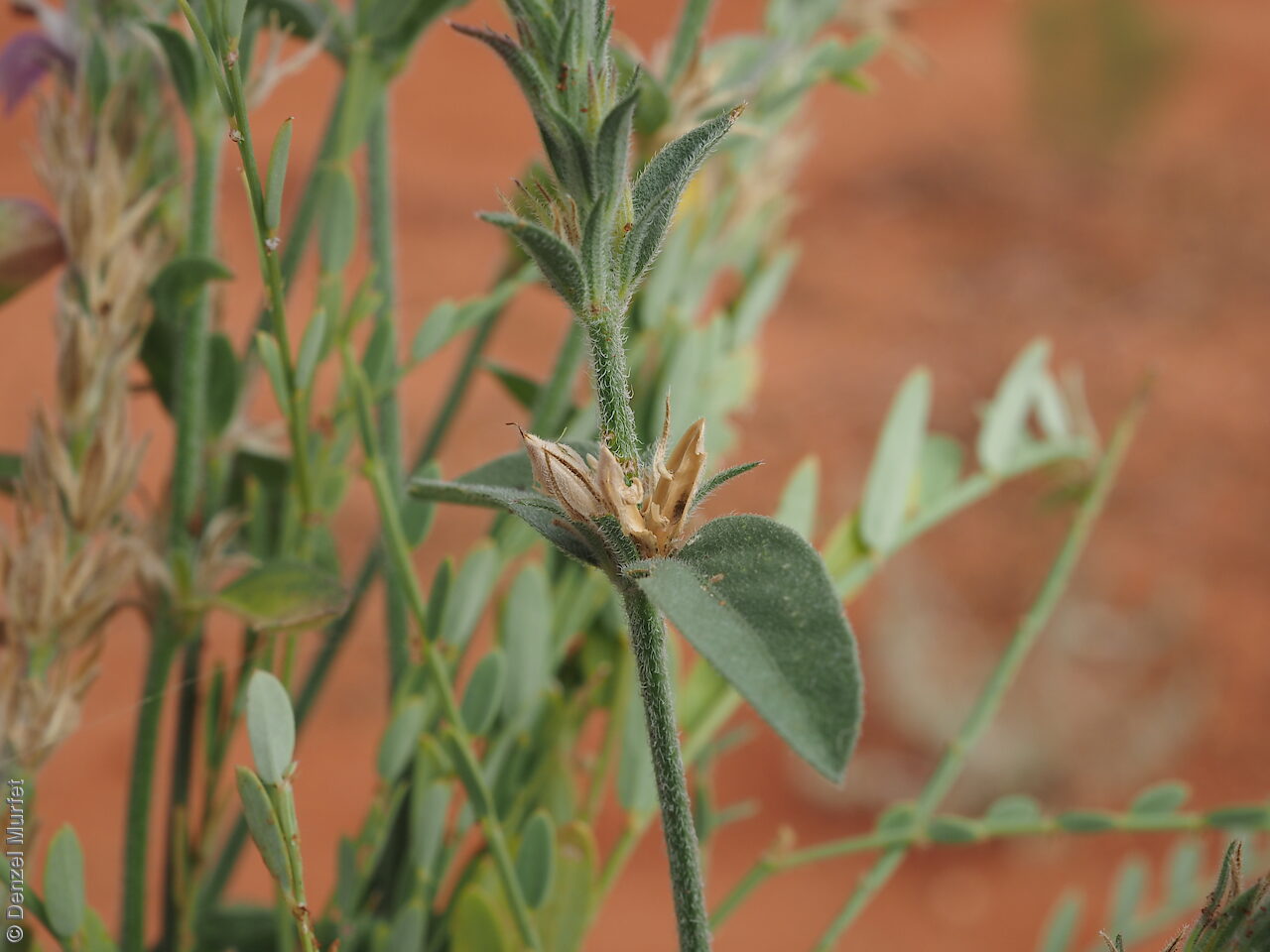

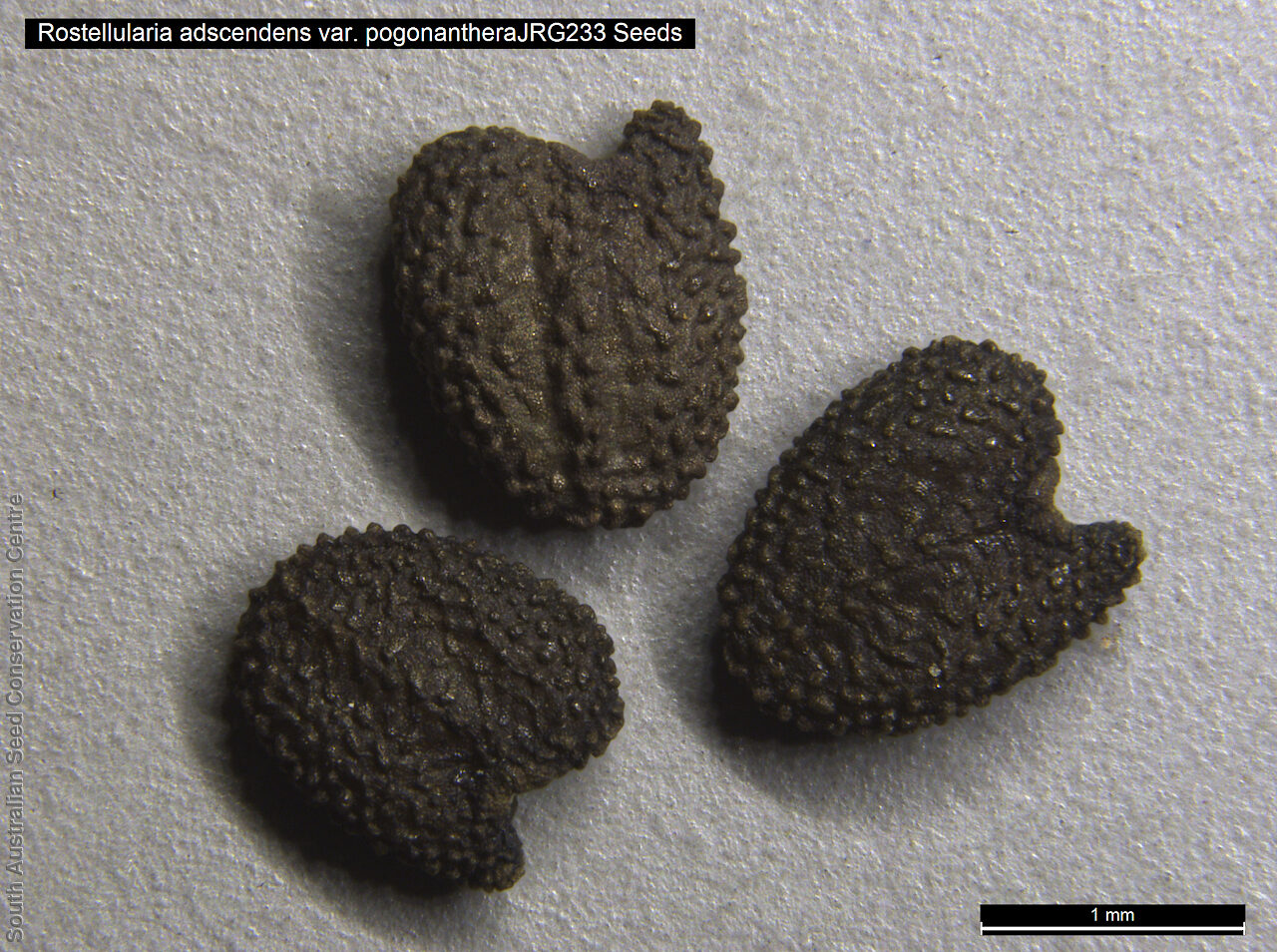

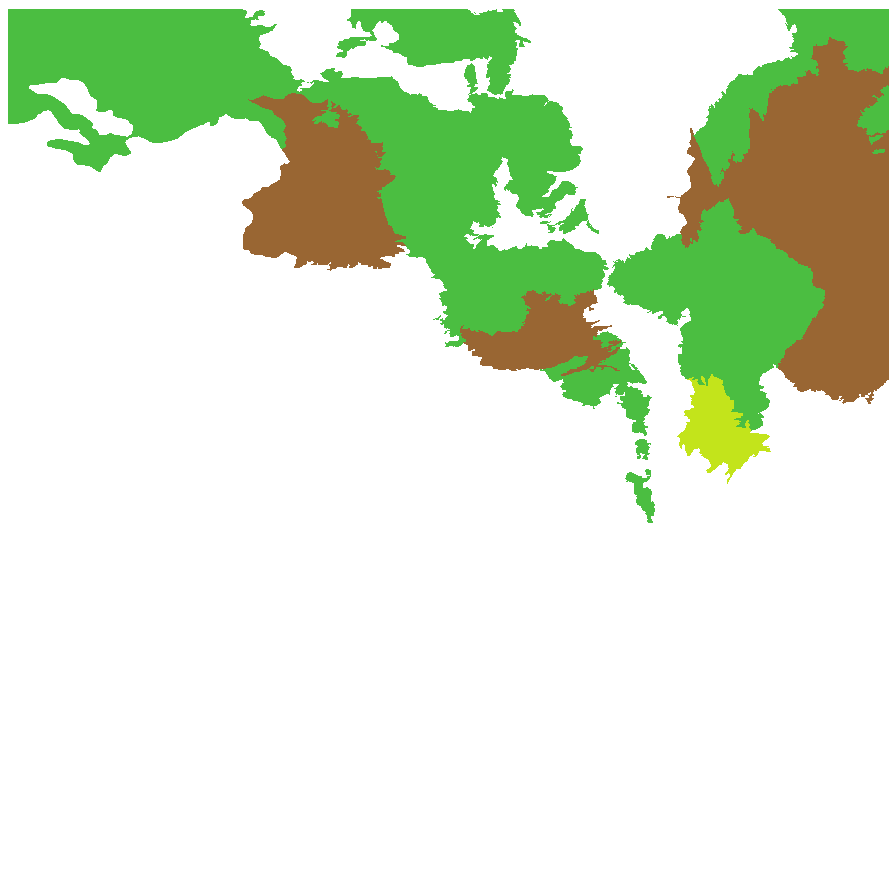
Botanical art
Prior names
Justicia procumbens, partly
Rostellularia pogonanthera
Common names
Hairy Pink Tongues
Pink Tongues
Red Trumpet
Etymology
Rostellularia from the Latin 'rostellum' meaning small beak and 'ul' diminutive suffix; referring to the small basal appendage on the lower anther cell. Adscendens from Latin meaning to rise obliquely rather than erect; referring to the species habit. Pogonanthera from the Greek 'pogon' meaning beard and 'anther' meaning an awn; referring to the hair-like awns.
Distribution and status
Found in the northern part of South Australia, growing in or near watercourses. Also found in Western Australia, Northern Territory, Queensland and New South Wales. Native. Common in South Australia. Uncommon in Western Australia. Common in the other states.
Herbarium regions: North Western, Lake Eyre, Gairdner-Torrens, Flinders Ranges, Eastern
NRM regions: Alinytjara Wilurara, South Australian Arid Lands
AVH map: SA distribution map (external link)
Plant description
Decumbent, usually dense, spreading, grey-green or green, densely pubescent or more or less glabrous, perennial herbs or shrubs up to 30 cm high, with small vegetative shoots on basal parts of woody branches. Branches many, with fine, white, down-curved hairs all over or confined to nodes and young parts, nodes always conspicuously white with hairs. Leaves on short petioles to 1 mm long, often obscured by dense white hairs, base broad cuneate, entire, apex acute or obtuse, blade ovate to 17 mm long and 8.6 mm wide, white down-curved hairs usually dense, sometimes sparse or absent on upper darker surface. Lowest section of inflorescence often indistinguishable from leaves, covered with same white hairs as the rest of the plant, usually mixed with obscure more or less sessile glands. Corolla with 2-lipped, the upper lip with one lobe and the lower lip with three small lobes at the apex, pink to purple. Flowering between July and October. Fruits are brown capsule to 7.5 mm long. Seeds are black reniform seed to 1.7 mm long and 1.3 mm wide, covered in tubercules. Seed embryo type is bent.
Seed collection and propagation
Collect seeds between October and December. Collect capsules that are maturing, drying off and turning brown. Green capsules can be collected if the seeds are hard and brown. Place the capsules in a paper bag or tray and allow to dry for 1 to 2 weeks. Gently rub the dried capsule by hand to dislodge the seeds. Use a sieve to separate the unwanted material. Store the seeds with a desiccant such as dried silica beads or dry rice, in an air tight container in a cool and dry place.